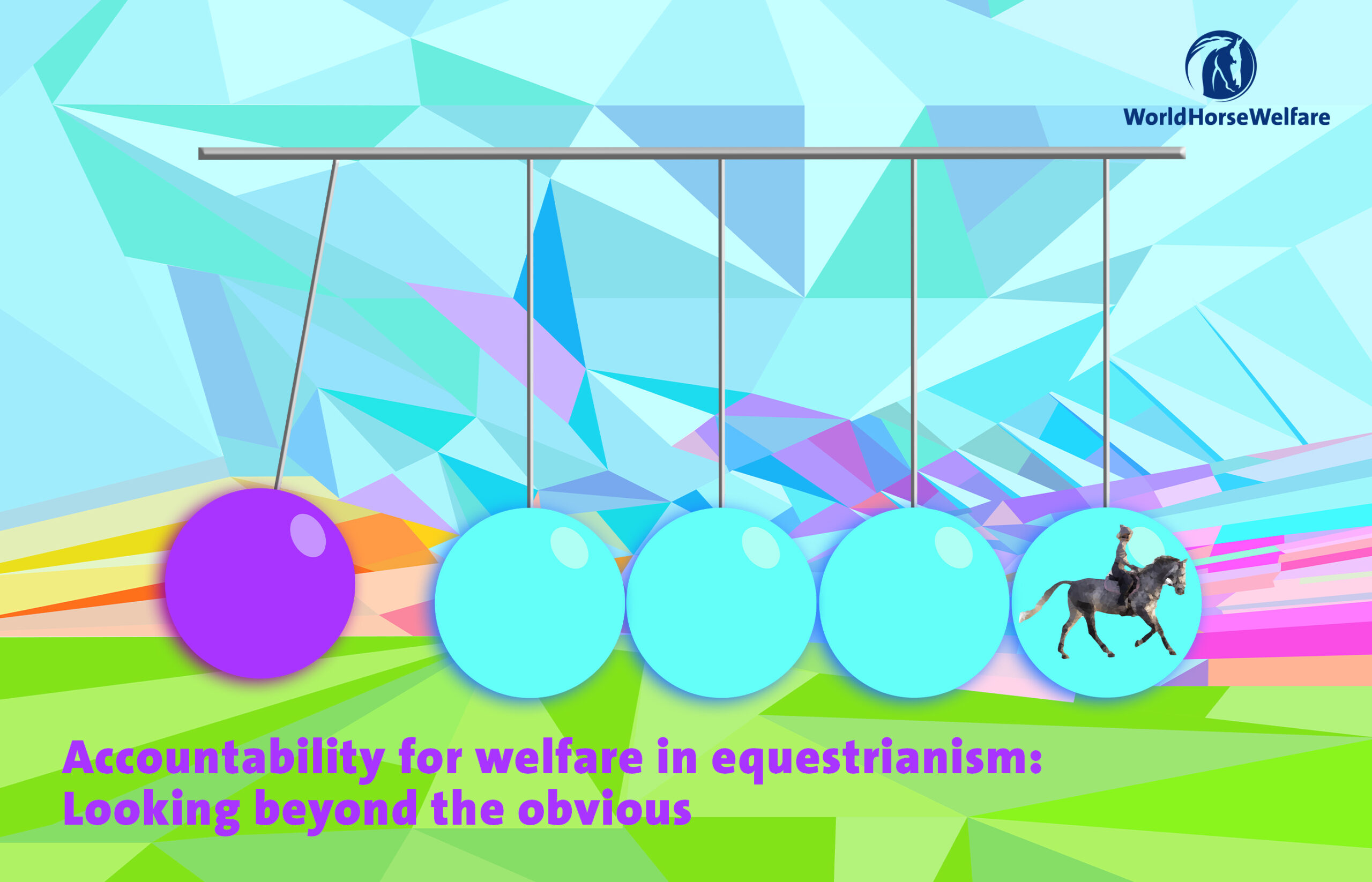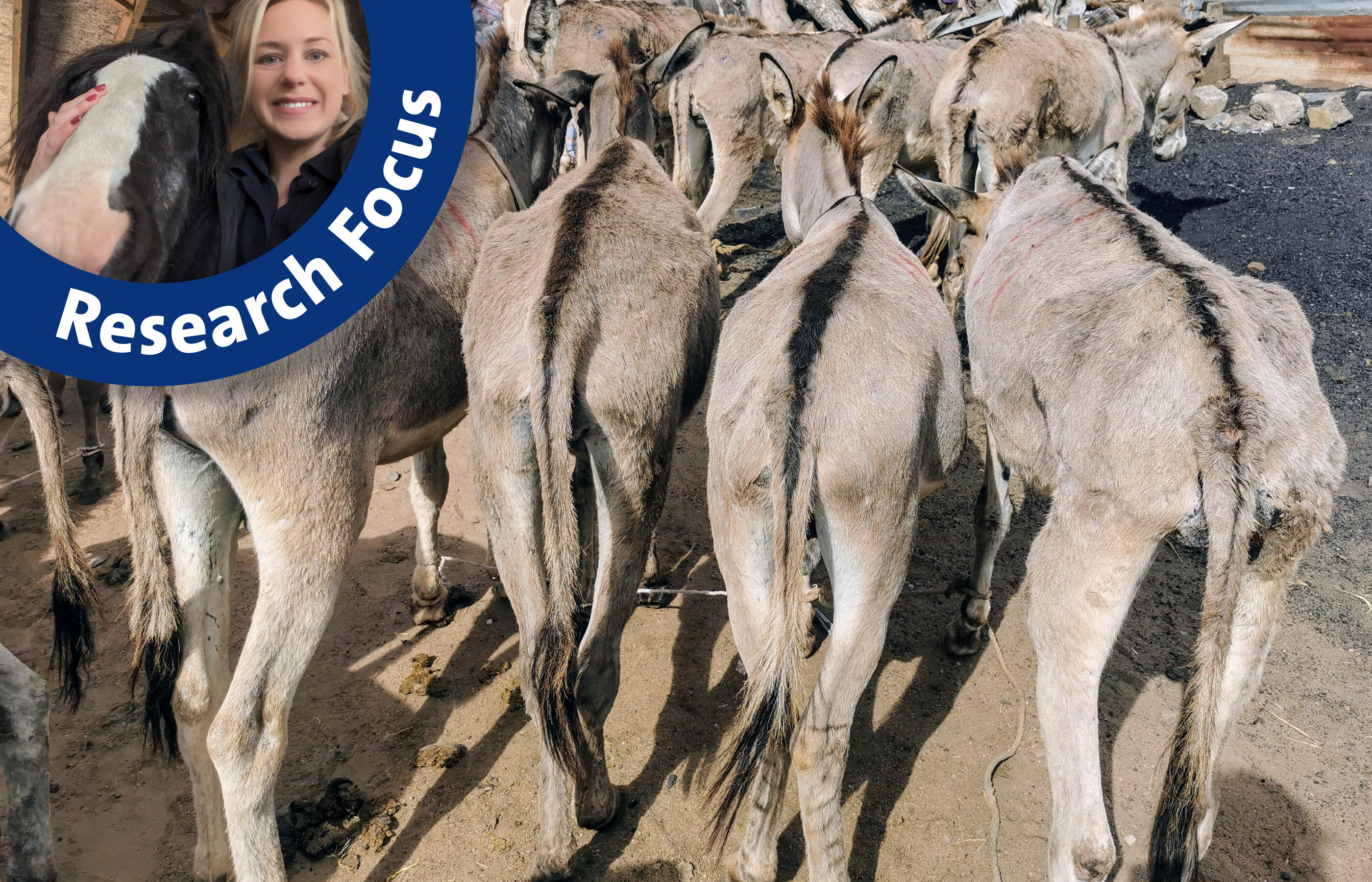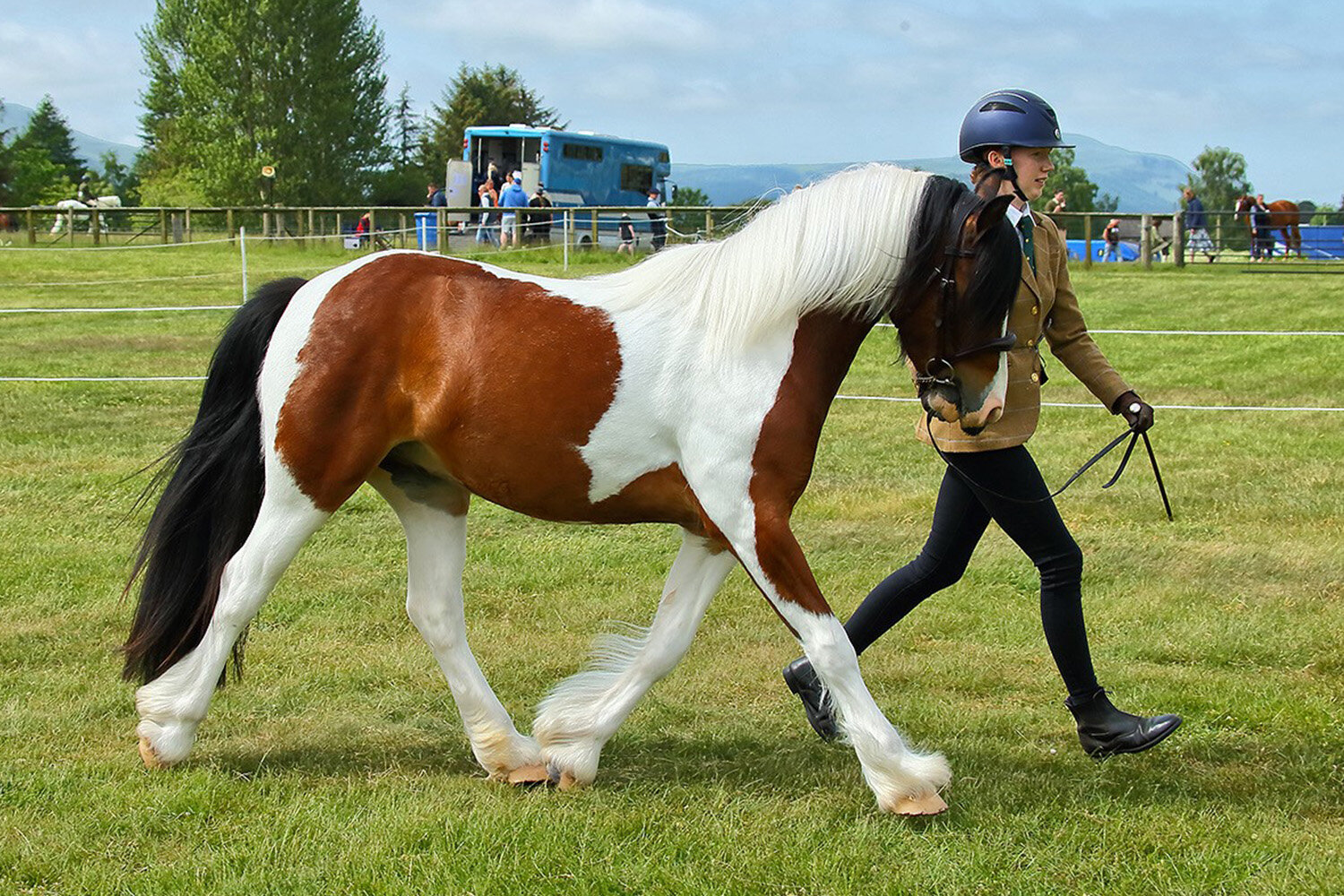Common equine anatomy myths debunked – and the impact of poor posture explained
Equine anatomist Gillian Higgins explains the horse's bones and muscles, as well as just how important good posture is for a happy, healthy horse.
Posted on 07/08/2025

The fourth episode of the ‘Horses Explained’ video series explores the horse’s muscles and bones, debunking common misconceptions about equine anatomy and explaining just how damaging poor posture can be. Equine anatomist Gillian Higgins of Horses Inside Out fame shares engaging, accessible insights into how the horse’s body really works and provides simple, actionable tips to help keep horses happy and healthy. The must-watch episode is now free to view on our Education YouTube channel.
From the actual position of the horse’s neck bones to the shape of the back vertebrae, Gillian clears up some very common misunderstandings about equine anatomy. The equine anatomist also explains why it’s so vital to do everything possible to strengthen the horse and improve their postures before starting ridden work.
“Basically, as soon as we add the weight of a rider we are going to compromise the horse’s back posture,” says Gillian. “Adding weight [of any kind] is going to put the back into a slightly more extended position and this extended back posture can be the cause or the root of many muscular, ligament, and osteoarthritic problems that we see developing in the horse’s back and in the base of the neck.
“This poor back posture can be the cause of many performance, movement, and even behaviour-related issues,” Gillian emphasises.
Riders might not think a horse who simply ambles round the block needs to be particularly fit, but in fact being fitter will strengthen a horse’s back, regardless of whether they’re out competing or going for a leisurely hack once a week. “The thing about the ribs that we need to consider is that basically we sit on them,” explains Gillian. “So what we want to do to help the horse carry the weight of the rider, is make sure that the muscles that lift the ribcage up and out are super-strong […] Those muscles are the breathing muscles. The simple answer [to strengthening them] is cardiovascular fitness.”
Gillian draws easy-to-understand parallels with the human and equine body – using exercises viewers can replicate at home – to help owners understand why their horses might struggle with certain movements due to their posture. The episode is a must-watch for anyone wanting to know more about how their horse’s body works and how they can support their horse to be as functional, healthy, and happy as possible.
The next ‘Horses Explained’ episode, all about the horse’s heart and lungs, airs on Friday 8th August, with equine vet and endurance specialist Sarah Coombs explaining everything owners need to know about their horse’s cardiovascular and respiratory systems. The remaining episodes in the series are:
- 15th August: Hormones – with vet and endocrine specialist Andy Durham
- 22nd August: Reproductive System – with equine vet and reproduction specialist James Crabtree
- 29th August: Hooves – with farrier Jay Tovey
- 5th September: Whole Horse – with vet and equine behaviour specialist Gemma Pearson
All the ‘Horses Explained’ videos released to date can be found on our Horses Explained page.
Topics
Related News

Assessing Equine Quality of Life
A recently published report on equine Quality of Life (QoL) was supported by World Horse Welfare.

Equestrian and racing leaders gather to consider what makes good people adopt poor welfare practices in horse sport
World Horse Welfare organised conference sees over 200 horse sport leaders discuss accountability for welfare.
Recommended Blog Posts

The need to improve equine welfare at slaughter
A look inside our much-needed research to inform improved practices worldwide.

We catch up with Cadbury and his rehomer on National Chocolate Day
The sweetest rescue pony makes the most of his second chance with rehomer Lucy.
Enjoy reading stories like this?
Join over 65,000 other horse lovers and sign up for our email newsletter

Join over 65,000 other horse lovers and sign up for our email newsletter
Sign me up now
